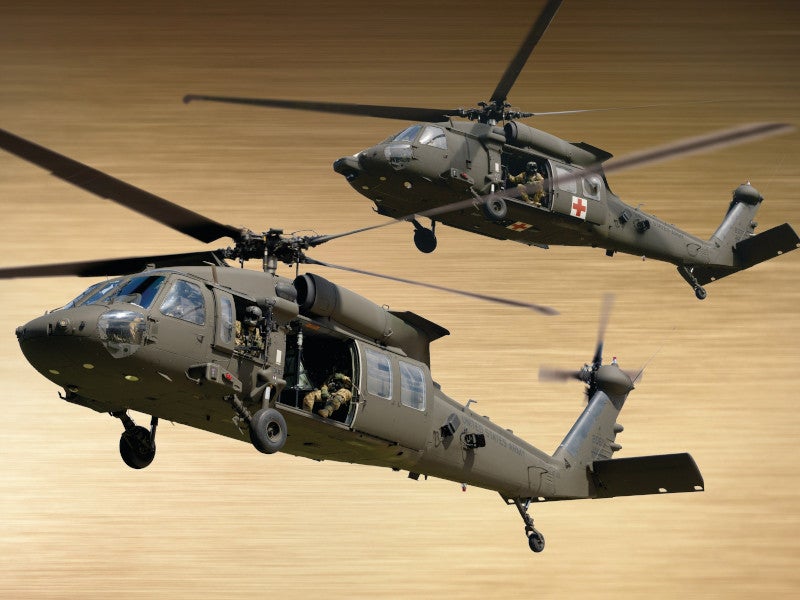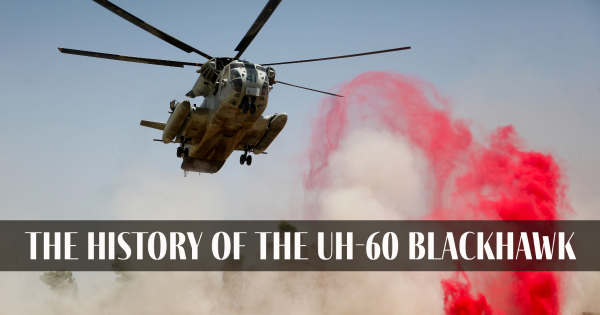UH 60 Helicopter Maintenance: A Comprehensive Guide for Pilots
Navigating Uh 60 Helicopter Regulations and Conformity Needs

Regulatory Framework Introduction
The regulatory framework controling UH-60 helicopter operations encompasses a facility collection of requirements and policies established by aviation authorities. These policies are designed to ensure the secure and efficient procedure of UH-60 helicopters in different settings. The Federal Air Travel Administration (FAA) plays a central role in developing and enforcing these regulations, which cover a large range of functional facets, including airworthiness criteria, pilot credentials, upkeep needs, and functional procedures.
Compliance with these regulations is essential for helicopter operators to maintain the highest degree of security and operational honesty. Failure to adhere to these guidelines can lead to significant repercussions, including crashes, injuries, and governing assents. Therefore, helicopter operators should stay notified concerning the most up to date governing developments and guarantee that their operations remain in full compliance with all suitable regulations and criteria.
Airworthiness Regulations and Inspections
Among the governing framework regulating UH-60 helicopter procedures, a vital emphasis rests on compliance with Airworthiness Directives and conducting comprehensive inspections to maintain safety and security criteria and operational dependability. Airworthiness Instructions (ADs) are provided by aeronautics authorities to attend to risky conditions in airplane, consisting of the UH-60 helicopter, and required particular activities to be taken by proprietors or operators. Compliance with ADs is obligatory, and failing to abide by these directives can lead to significant repercussions, including grounding of the airplane.
Normal evaluations are paramount to guaranteeing the airworthiness of UH-60 helicopters. These inspections include a variety of checks, from regular daily examinations performed by pilots before and after trips to much more comprehensive arranged maintenance assessments performed by licensed auto mechanics. In addition, unique evaluations might be required based on specific conditions or events. By sticking to a stringent assessment routine, operators can spot and address prospective issues without delay, thus enhancing the safety and security and reliability of UH-60 helicopter procedures.
Pilot Credentials and Training

Pilot training for UH-60 helicopters is comprehensive and covers a large range of topics, check this consisting of airplane systems, emergency procedures, navigating, and mission-specific training. Additionally, pilots undertake simulator training to exercise various emergency situation situations in a regulated setting. This training helps pilots establish the necessary abilities to manage tough scenarios efficiently.


Moreover, ongoing training and specialist development are crucial for UH-60 pilots to stay current with the current laws, innovation, and finest practices. By purchasing pilot certifications and training, operators can boost security, maximize efficiency, and ensure compliance with regulative needs in the operation of UH-60 helicopters.
Operational Limitations and Needs
Pilot credentials and training function this article as the foundation for understanding the functional constraints and demands connected with UH-60 helicopter operations (uh 60). These functional constraints are established to guarantee the safety of the staff, passengers, and the airplane itself. Operational constraints might include variables such as climate condition, weight limitations, elevation constraints, and operational limits. It is crucial for pilots to be skilled in these limitations to make informed choices throughout flight procedures. Additionally, conformity requirements, such as adhering to details flight courses, communication procedures, and emergency procedures, are essential for preserving operational safety and regulatory conformity. Pilots should remain existing with all operational restrictions and demands through regular training, rundowns, and evaluates to mitigate risks and make certain risk-free and reliable UH-60 helicopter operations. By focusing on adherence to these operational standards, pilots can improve the overall security and effectiveness of their objectives while supporting regulatory requirements.
Emergency Situation Treatments and Compliance Testing
Reliable emergency situation treatments and comprehensive conformity screening are crucial components of maintaining functional safety and governing adherence in UH-60 helicopter operations. Normal compliance screening guarantees that the helicopter fulfills all regulatory needs set forth by air Homepage travel authorities.
In addition, conformity screening might involve simulations of emergency situations to examine the staff's feedback and the helicopter's performance under tension. By prioritizing emergency procedures and conformity screening, UH-60 drivers can mitigate risks and demonstrate their commitment to security and regulative compliance.
Final Thought
Finally, adherence to regulative structure, conformity with airworthiness regulations, pilot certifications and training, functional restrictions, and emergency situation treatments are crucial for browsing the regulations and requirements of running a UH-60 helicopter. uh 60. It is critical for drivers to focus on safety and security and make sure complete compliance with all appropriate policies to keep the airworthiness and operational stability of the aircraft
Navigating the regulative landscape surrounding UH-60 helicopter procedures requires a nuanced understanding of the complex internet of guidelines and compliance requirements.Compliance with these laws is crucial for helicopter drivers to preserve the highest degrees of safety and security and operational integrity.Among the governing framework governing UH-60 helicopter procedures, a vital emphasis exists on compliance with Airworthiness Directives and conducting thorough examinations to promote security standards and functional dependability.Effective emergency situation procedures and complete compliance testing are critical components of preserving functional security and governing adherence in UH-60 helicopter operations. Normal compliance screening guarantees that the helicopter fulfills all regulative demands established forth by air travel authorities.